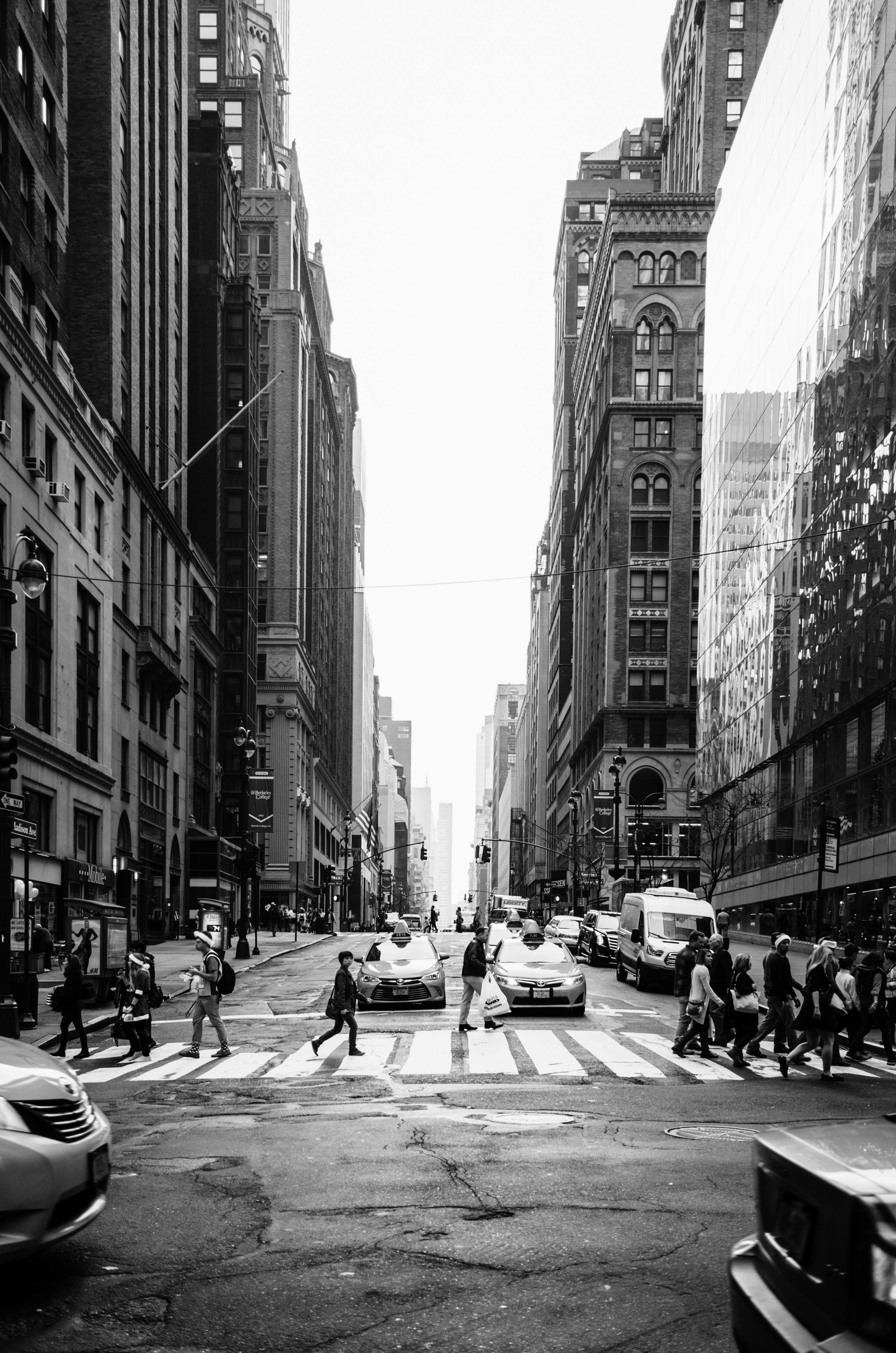What If Color Photography Came First? The Revolutionary Art of Black and White
Imagine an alternate timeline where photography's first pioneers captured the world in full, vibrant color. From Wedgewood's earliest photograms to daguerreotypes and glass plates—every milestone in photographic history blazed with the complete spectrum of human vision. In this world, black and white photography wouldn't exist as a relic of technological limitations, but as one of the most revolutionary artistic movements in visual history.
Black and White as the Ultimate Artistic Revolution
If color photography had come first, the discovery of monochrome imagery would have been akin to Picasso's cubist breakthrough or Monet's impressionist revelation. The radical act of deliberately removing color—one of the most fundamental aspects of human perception—would be seen not as a technical constraint, but as a bold artistic manifesto. Artists choosing to "see in black and white" would be considered visionary rebels, stripping away the obvious to reveal something deeper and more profound.
The Psychology of Monochrome in a Color-First World
Today, when we see black and white photography, we instinctively think "vintage," "nostalgic," or "classic." But in our alternate timeline, monochrome would feel cutting-edge and futuristic. Without the baggage of representing photography's past, black and white images would be pure artistic expression—the medium of choice for avant-garde artists, high-fashion photographers, and visionary filmmakers seeking to challenge viewers' perceptions.

The Master Artists of Monochrome
In this alternate reality, photographers who could previsualize how colors would translate to grayscale values would be revered as technical virtuosos. The ability to "think in monochrome" while living in a full-color world would be considered an almost supernatural skill. Terms like "seeing in black and white" wouldn't describe limitation—they'd describe artistic genius.
These monochrome masters would be celebrated for their ability to reveal the essential structure beneath surface appearances. They would show us that by removing color's emotional shortcuts, we're forced to engage with form, texture, contrast, and composition in their purest states.
Social Media and the Monochrome Movement
Picture this: in our color-saturated digital age, a photographer posts the first deliberately desaturated image. The internet explodes. The #NoColorChallenge trends globally as millions attempt to master this "impossible" new art form. Influencers struggle to create compelling content without their usual arsenal of vibrant hues. The technique becomes the ultimate test of photographic skill—can you create visual impact using only light, shadow, and form?
The Emotional Power of Intentional Desaturation
Without the historical context of technical limitations, black and white photography in our alternate world would be understood purely for its emotional and artistic merits. The dramatic interplay of light and shadow (chiaroscuro) would be seen as a conscious choice to create mystery, drama, and depth. The absence of color would force viewers to engage more deeply with the subject's essence, creating a more intimate and contemplative viewing experience.
Modern Applications in Our Color-First Timeline
In this alternate world, black and white photography would dominate certain genres entirely. Science fiction films would use monochrome to create otherworldly atmospheres. Luxury brands would embrace the ultimate minimalist statement. Fine art galleries would showcase monochrome work as the pinnacle of sophisticated artistic expression—not as historical curiosities, but as contemporary masterpieces.
What This Means for Today's Photographers
This thought experiment reveals something profound about how we currently perceive black and white photography. Are we undervaluing monochrome imagery precisely because we associate it with technological limitations rather than artistic choice? Perhaps we should start viewing black and white conversion not as a nostalgic throwback, but as a powerful contemporary artistic decision.
Mastering the Art of Intentional Monochrome
Whether in our timeline or the alternate one, creating compelling black and white images requires understanding its unique power. Here are key techniques that would be considered revolutionary in our color-first world:
- Train Your Monochrome Vision: Learn to see scenes in terms of light, shadow, and tonal relationships rather than color. This skill would be considered nearly mystical in our alternate timeline.
- Master the Art of Subtraction: Understand that removing color forces viewers to engage with composition, texture, and emotion more directly.
- Embrace Dramatic Contrast: Use the full tonal range from deep blacks to bright whites to create visual impact that color can't match.
- Focus on Timeless Elements: Seek out shapes, patterns, and human emotions that transcend color and trends.
- Perfect Your Conversion Technique: Don't just desaturate—use sophisticated tools to control how different colors translate to grayscale values.
The next time you convert an image to black and white, remember: you're not removing something—you're making a powerful artistic choice that forces both you and your viewers to see the world differently. In our alternate timeline, this would be recognized as one of photography's greatest innovations.
Ready to explore the revolutionary art of monochrome photography? Try our Black And White Image Converter and discover how removing color can reveal the true essence of your images. Experience the artistic power that would have changed photography history—available to you today.